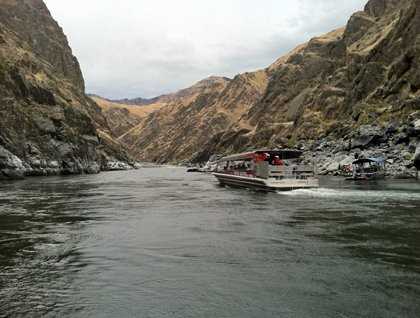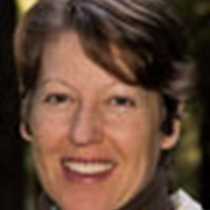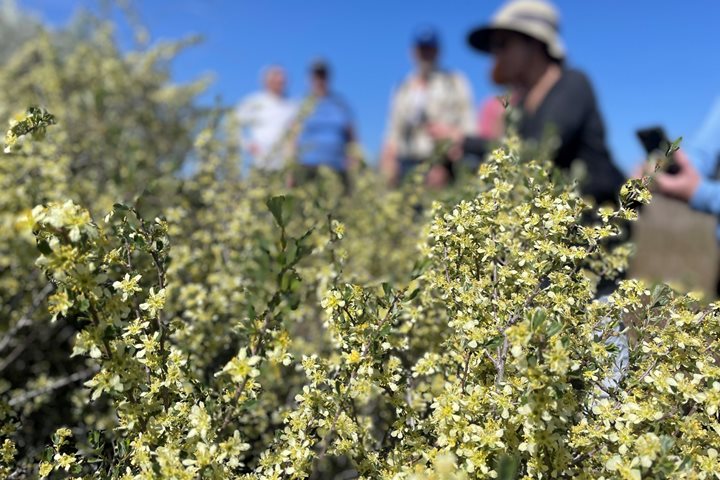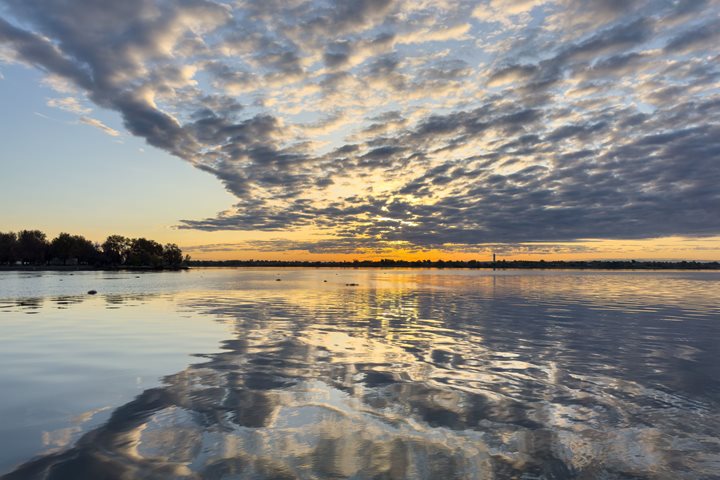The National Geographic Sea Bird remained docked in Clarkston, Washington overnight and throughout the day so that we could explore areas east and south of here. We awakened to overcast skies, 58 degrees, with the sun peeking in and out.
After breakfast, one group boarded a motor coach to follow along the Clearwater Connection, where they began the conversation about the Lewis and Clark Corps of Discovery’s expedition in the area and saw some of the historical sites along the Clearwater River. One of the stops included a hands-on skills demonstration, lesson and practice in braiding grass and sparking flint to make fire.
The second—and larger—group boarded jet boats and took a scenic ride up the Snake River into Hells Canyon. The walls of rock on either side of the boat during the early part of the journey were made up of basalt lava flows that occurred between 17 million years ago up until 6 million years ago. One place in particular had spectacular examples of columnar basalt, demonstrating long columns of basalt next to waves next to the ends of the adjacent columns where the waves had flowed to upend the columns’ bases. I tried to imagine the rock as liquid, flowing and cooling repeatedly to form what we were seeing today. Further up the river, the scenery changed dramatically as limestone became the dominant player. Much older than the basalt, this limestone once made up the floor of the Pacific over 130 million years ago, and over millennia had moved north and east to land here. Again I tried to imagine the geology speeding up so I could understand the movements and forces that crafted the landscape in front of us today. Along our course we spotted wildlife—Bighorn sheep and rams, mule deer, wild turkeys (and an adoptive pheasant), great blue herons, and bald eagles, to name a few. On our way back we stopped along Buffalo Eddy to see some of the famous petroglyphs painted into rock faces by the Nez Perce Indians.
In the later part of the afternoon, both groups had the option to go to the nearby Nez Perce Historic Park and museum to learn more of the native peoples who inhabited—and still inhabit—the area.
At this writing we are gathering in the lounge for cocktails and recap, followed by what promises to be another delicious dinner onboard.







